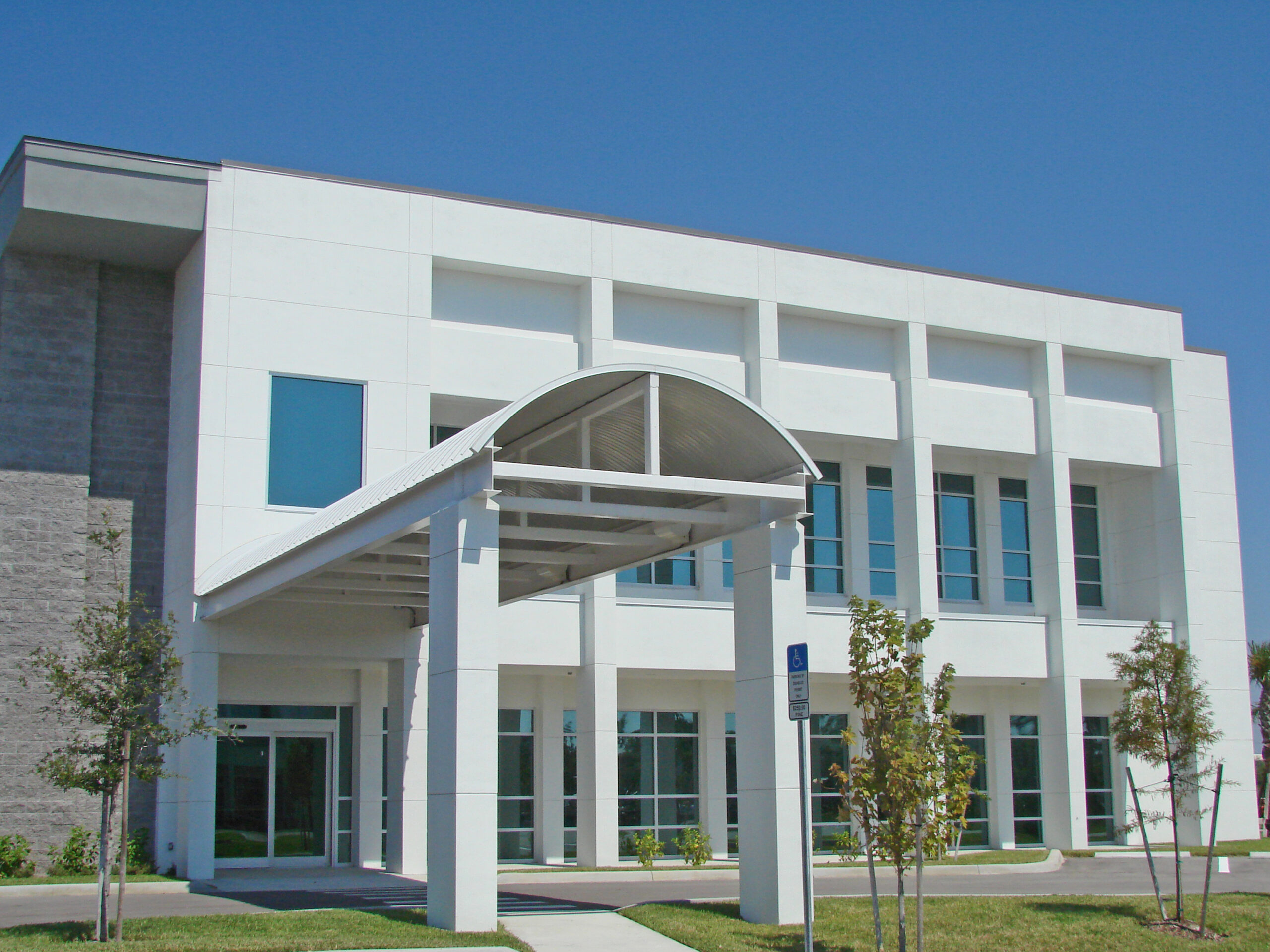Commercial construction in Tampa Bay is thriving, driven by the region’s economic growth and the influx of businesses seeking to establish a presence in this dynamic market. As a general contracting company, understanding the unique factors that influence commercial projects in this area is key to delivering successful results. From permitting and environmental regulations to design aesthetics and technological integration, every aspect of a commercial build requires careful planning and execution. Here are some of the key considerations when designing for success in Tampa Bay’s commercial projects.
1. Understanding Local Regulations and Permitting
Tampa Bay has specific zoning laws and permitting processes that vary depending on the location, whether it’s Tampa, St. Petersburg, Clearwater, or a smaller municipality. These regulations affect everything from the height of the building to its intended use and environmental impact.
For example, building near the waterfront or in flood-prone areas often requires additional permitting and adherence to FEMA flood zone regulations. It’s essential to stay current with local building codes and compliance requirements, including fire safety, ADA (Americans with Disabilities Act) compliance, and energy efficiency standards.
Tip: Partner with a contractor who has in-depth knowledge of local regulations and an established relationship with municipal offices to expedite the permitting process.
2. Sustainable and Resilient Design
The Tampa Bay region is known for its beautiful coastal views but also faces unique environmental challenges, such as hurricanes and flooding. Sustainable design practices, such as using eco-friendly materials, energy-efficient systems, and hurricane-resistant construction techniques, are crucial to the long-term success of commercial projects.
Incorporating features like stormwater management systems, impact-resistant windows, and energy-efficient HVAC systems can not only reduce the environmental footprint of a building but also lower operational costs and make the structure more resilient to natural disasters. The push toward sustainability is growing in commercial real estate, with many clients seeking LEED certification or similar standards to boost their building’s marketability.
Tip: Work with a design-build firm that prioritizes green building practices and can offer insight into achieving certifications like LEED or Energy Star.
3. Optimizing for Functionality and Flexibility
A well-designed commercial space is functional, allowing the business to operate efficiently, but it should also offer flexibility to adapt to future changes. This is especially important in industries like retail, hospitality, or office spaces where business needs may evolve over time.
For example, modular walls, open floor plans, and adaptable infrastructure can allow a company to expand or reconfigure its space as it grows. In today’s commercial projects, integrating technological systems like high-speed internet, smart building technology, and advanced security systems is equally critical for ensuring long-term functionality.
Tip: Engage with a contractor early in the design phase to integrate these systems seamlessly and ensure the space will meet both current and future business needs.
4. Designing for Aesthetic Appeal and Brand Identity
Tampa Bay’s commercial landscape is diverse, ranging from sleek high-rise offices in downtown Tampa to boutique shops in the historic districts of St. Petersburg. The design of a commercial space should reflect the business’s brand identity while complementing the surrounding environment.
For retail businesses, restaurants, or hotels, creating a visually appealing, inviting space can be the key to attracting customers and generating repeat business. For offices and corporate headquarters, the design should also foster employee productivity and morale while aligning with the company’s culture.
Tip: Consider working with architects and designers who specialize in creating commercial spaces that merge functionality with a unique visual style, ensuring the space resonates with both employees and customers.
5. Budget and Timeline Management
Staying on budget and adhering to a timeline are two of the most significant factors in the success of any commercial construction project. Cost overruns or delays can jeopardize a business’s plans, which is why it’s critical to have a solid project management plan in place from the beginning.
A reliable contractor will provide a detailed estimate and schedule, but they should also be flexible enough to manage unexpected challenges that can arise during construction. In Tampa Bay, issues like weather delays or material shortages can impact timelines, so having a contingency plan in place is essential.
Tip: Choose a general contractor with a proven track record of managing complex commercial projects efficiently and transparently, keeping both cost and schedule in check.
6. Community Engagement and Economic Impact
Tampa Bay’s growth has been fueled by its vibrant local communities and businesses. Companies investing in commercial projects have the opportunity to create spaces that enhance the community while fostering economic growth. Participating in local economic development initiatives or engaging with local stakeholders during the project planning phase can build goodwill and strengthen community ties.
Whether it’s through using local suppliers, employing local tradespeople, or contributing to public infrastructure improvements, demonstrating corporate social responsibility (CSR) is increasingly important in the commercial real estate sector.
Tip: Consider a general contractor who not only prioritizes the success of the project but also understands the importance of community engagement and sustainability in the broader context of development.
Conclusion
Designing for success in Tampa Bay commercial projects requires a holistic approach, considering everything from local regulations and environmental resilience to aesthetic design and budget management. By partnering with an experienced general contractor who understands the intricacies of the region, businesses can ensure their commercial space is both functional and visually appealing while contributing to the economic vitality of the community.
Whether you’re developing an office building, retail space, or a mixed-use project, the right planning and design choices will set the foundation for long-term success in Tampa Bay’s competitive commercial landscape.

